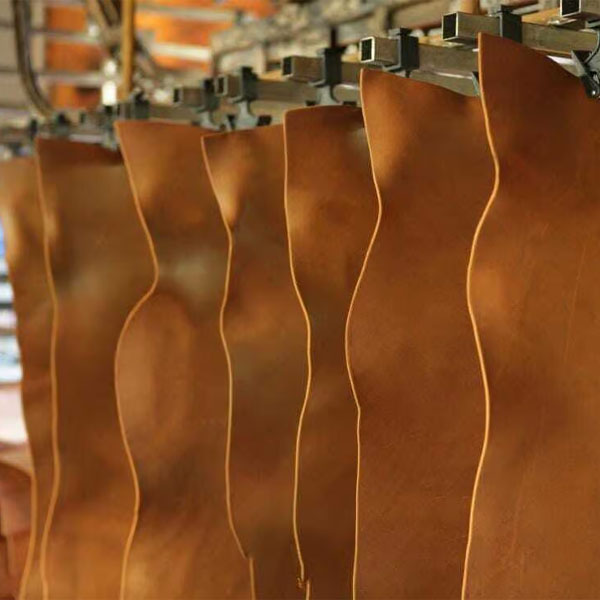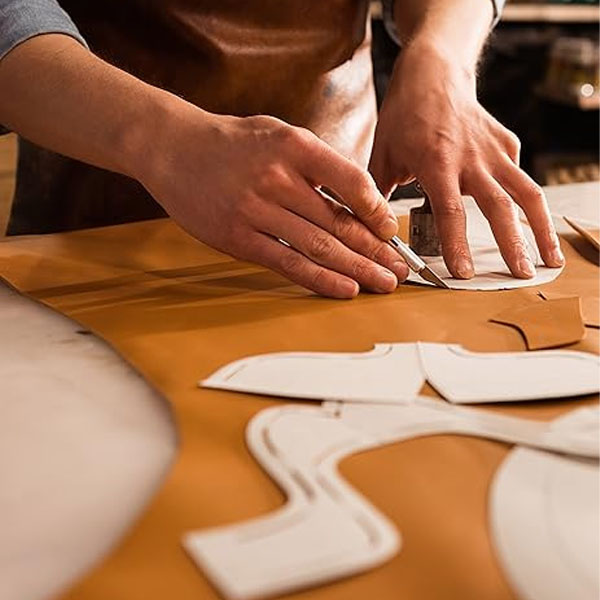Ever wondered how that buttery-soft leather jacket hanging in your closet came to life? Leather clothing isn’t just a product; it’s a story of craftsmanship, tradition, and innovation. From rawhide to runway, the journey of leather is both fascinating and intricate. Let’s peel back the layers (pun intended!) and explore how leather clothing is made. Spoiler alert: there’s way more
1. From Hide to Leather: The First Steps
Leather clothing starts with raw animal hides, usually sourced as a by-product of the meat industry. Think of these hides as blank canvases waiting to be transformed into something extraordinary. The process kicks off with curing the hides—either by salting or freezing—to preserve them for the next steps.
Once the hides are ready, they’re cleaned thoroughly to remove hair, dirt, and flesh. This stage, called “beam house operations,” isn’t glamorous, but it’s crucial. Imagine trying to paint on a canvas that hasn’t been prepped disaster, right? Similarly, properly cleaned hides are essential for creating high-quality leather clothing.

Next comes the tanning process, where raw hides are transformed into durable leather. This step is where the magic happens! Tanning can be done using traditional vegetable-based methods or faster, modern chemical techniques. Vegetable tanning takes weeks but produces eco-friendly, long-lasting leather. Chrome tanning, on the other hand, is quicker and gives leather its soft, pliable feel.
2. Crafting Perfection: The Art of Cutting and Sewing
Once the hide is tanned, it’s time to cut it into shapes for garments. Skilled artisans lay patterns over the leather and cut it by hand or with precision tools. Think of it as tailoring, but way cooler—because you’re dealing with a material that’s as much about texture as it is about fit.
Here’s where you come in: the type of leather used depends on the piece being made. A lightweight lambskin might be perfect for a sleek jacket, while sturdy cowhide is ideal for a rugged biker look. Each type has its unique properties, so every cut has to be intentional.

Sewing leather isn’t like sewing fabric—it requires special needles, industrial-strength thread, and a whole lot of patience. Ever tried to sew a button onto thick denim and poked yourself a hundred times? Multiply that by ten, and you’ll get an idea of how meticulous leather sewing can be. That said, this stage is where the garment starts to take shape, turning a simple hide into something wearable and fabulous.
3. Finishing Touches: Turning Leather Into Fashion
After sewing, leather garments undergo finishing touches that give them their distinctive look and feel. Finishing can involve dyeing, embossing, or applying protective coatings to the leather. This step is like putting icing on a cake—it’s where all the hard work pays off!
Dyeing leather is a whole art form in itself. Some leathers are dyed in rich, even tones, while others undergo processes like tie-dyeing or hand-painting for a more artistic touch. Ever seen a jacket with that perfectly weathered, vintage look? That’s achieved through specialized finishing techniques, such as distressing or oiling.

Hardware like zippers, buttons, and studs is added at this stage too. These tiny details can completely change the vibe of a piece. A jacket with bold, silver hardware screams “rock star,” while minimalist buttons give off a more refined, everyday look.
4. The Role of Technology in Modern Leather Production
While traditional methods still have their place, technology is making leather production faster and more sustainable. Today, some manufacturers use laser cutting for intricate patterns or 3D printing to create unique designs on leather. These innovations allow for greater creativity and precision, resulting in garments that push the boundaries of fashion.

Sustainability is another big focus. With growing environmental concerns, many tanneries are adopting eco-friendly practices, like recycling water and using plant-based tanning agents. Some brands are even experimenting with lab-grown leather, which mimics the real thing without involving animals.
5. Why Handcrafted Leather Still Reigns Supreme
Despite all the tech innovations, there’s something special about a handcrafted leather garment. Each piece tells a story, reflecting the artisan’s skill and dedication. The stitching, the fit, the texture—everything is carefully considered.
When you wear a handmade leather jacket, you’re not just wearing clothing. You’re wearing hours of labour, years of expertise, and a tradition that’s been passed down for generations. The smell of the leather is unique, and nothing can beat that.

6. Caring for Your Leather Masterpiece
Now that you know the effort that goes into making leather clothing, it’s only fair to treat your pieces with care. Leather is durable, but it’s not invincible. A little TLC goes a long way in keeping your garments looking their best.
Always store leather in a cool, dry place, and avoid folding it to prevent creases. Use leather conditioners to keep it supple and clean it with a damp cloth when needed. Do not keep the leather in direct heat, avoid it. If your leather piece gets wet, don’t panic, dry it with a towel and keep in open, let it dry naturally in air. Leather is different and it should not be rushed.

7. Behind Every Leather Piece is a Story
From its humble beginnings as rawhide to becoming a stylish wardrobe staple, the journey of leather clothing is nothing short of incredible. It’s an appreciation to the artistry and creativity with lasting appeal of that material which has been loved for centuries.
So, the next time you slip into your favorite leather jacket or boots, take a moment to appreciate the story behind them. You’re not just wearing fashion—you’re wearing history. And that’s what makes leather truly special.
This is a glimpse into the fascinating world of leather fashion. Curious to know more? Share your thoughts below!






